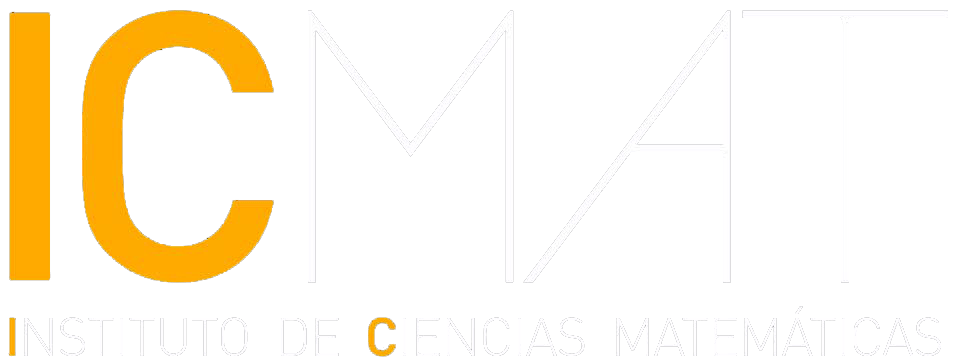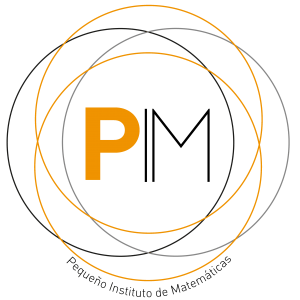Authors: Olivier Biquard, Óscar García-Prada (ICMAT-CSIC) and Ignasi Mundet I Riera
Source: Advances in Mathematics
Date of publication: 7 October 2020
Review:
The relation between representations of the fundamental group of a compact Riemann surface X into a compact Lie group and holomorphic bundles on X goes back to the celebrated theorem of Narasimhan and Seshadri (1965), which implies that the moduli space of irreducible representations of π₁(X) in the unitary group U(n) and the moduli space of rank n and zero degree stable holomorphic vector bundles on X are homeomorphic. This generalises the classical case of representations in U(1), the unit circle, and their relation with the Jacobian of X. The theorem was generalised by Ramanathan (1975) to representations into any compact Lie group. The gauge-theoretic point of view of Atiyah and Bott (1982), and the new proof of the Narasimhan–Seshadri theorem given by Donaldson (1983) following this approach, brought new insight and new analytic tools into the problem.
The case of representations into a non-compact reductive Lie group G required the introduction of new holomorphic objects on the Riemann surface X called G-Higgs bundles, introduced by Hitchin in 1987. His work, together with work of Donaldson (1987), Simpson (1988) and Corlette (1988), established a homeomorphism between the moduli space of G-Higgs bundles and the moduli space of representations of π₁(X) in G, what is usually referred as non-abelian Hodge correspondence. There is another direction in which the Narasimhan–Seshadri theorem has been generalised. This is by allowing punctures in the Riemann surface. Here one is interested in studying representations of the fundamental group of the punctured surface with fixed holonomy around the punctures. These representations now relate to the parabolic vector bundles introduced by Seshadri (1977). The correspondence in this case for G = U(n) was carried out by Mehta and Seshadri (1980). A differential geometric proof modelled on that of Donaldson was given for the parabolic case by Biquard (1991).
In the paper under review, the authors combine the non-compactness in the group and in the surface to study representations of the fundamental group of a punctured surface into a non-compact reductive Lie group G (real or complex). After appropriately defining the notion of parabolic G-Higgs bundle, in the main result of the paper they prove a non-abelian Hodge correspondence in this situation, establishing a homeomorphism between the moduli space of parabolic G-Higgs bundles with the fixed relevant data at the punctures and the moduli space of representations of the fundamental group of the puntured surface with fixed conjugacy classes in G at the punctures. This generalizes the case of GL(n, ) studied by Simpson (1990). This correspondence opens the door to the use of analytic and algebraic geometric techniques for the study of the topology of character varieties for surfaces with punctures.


